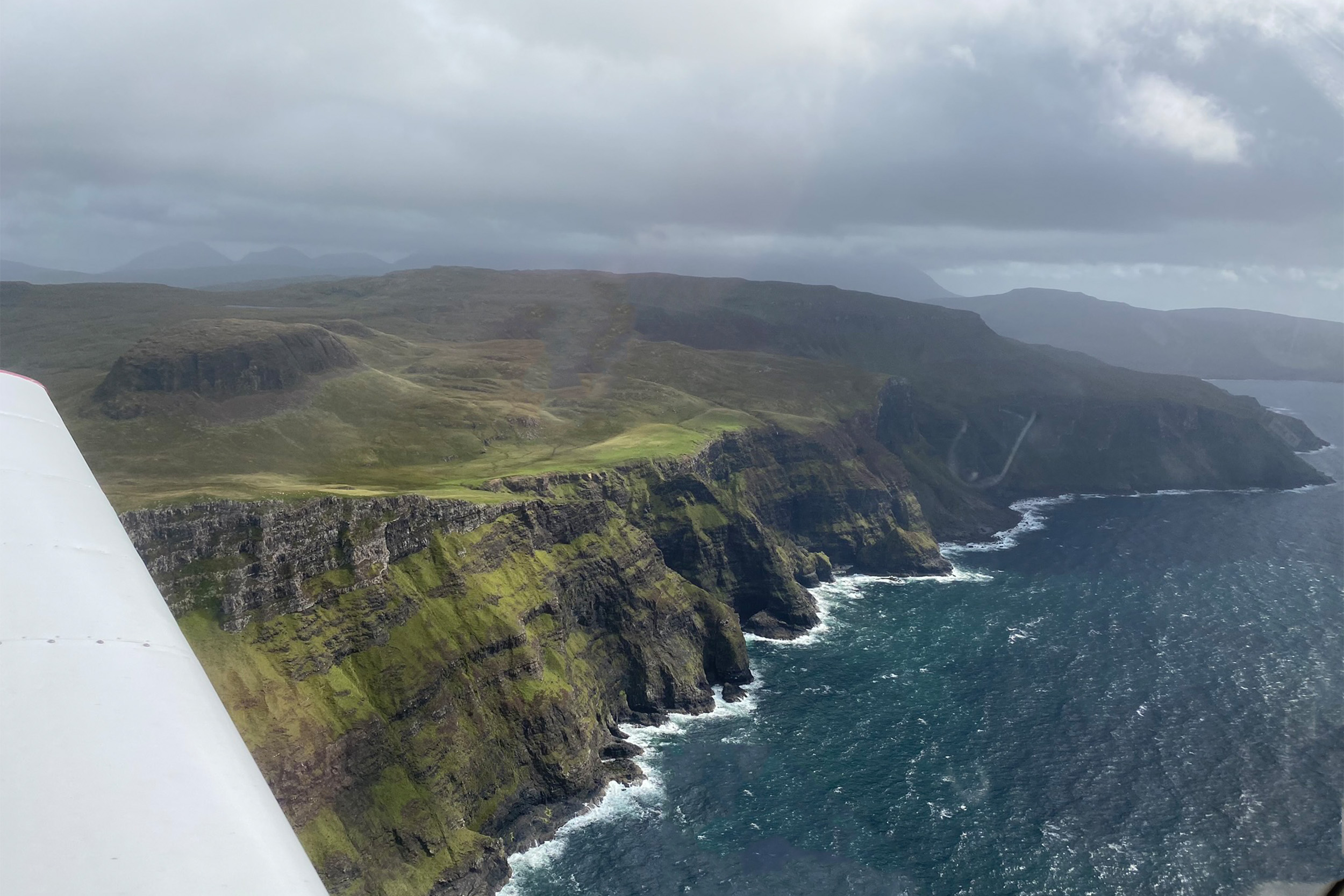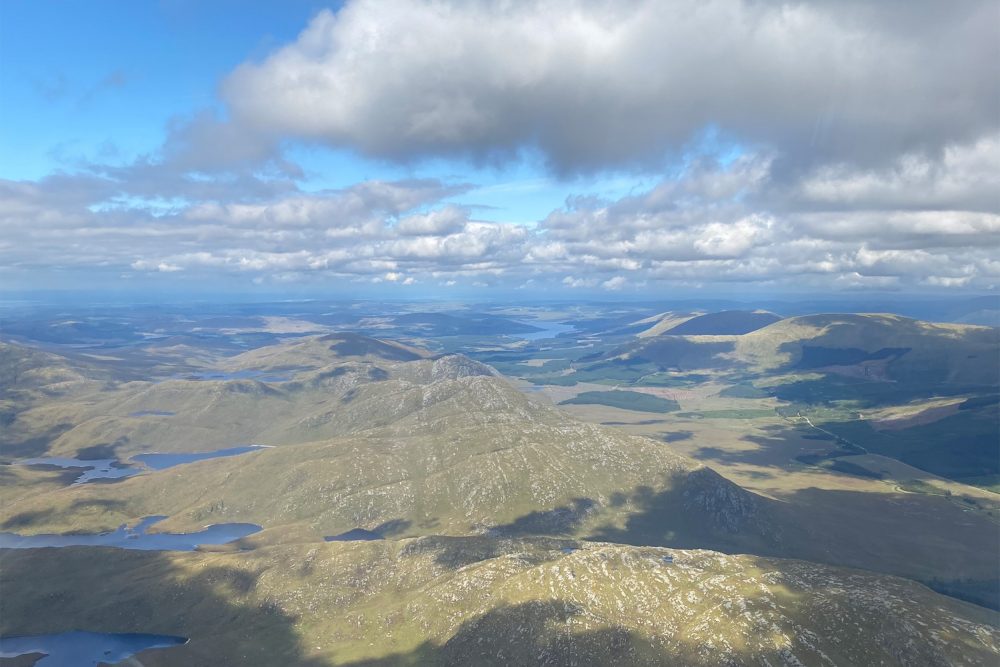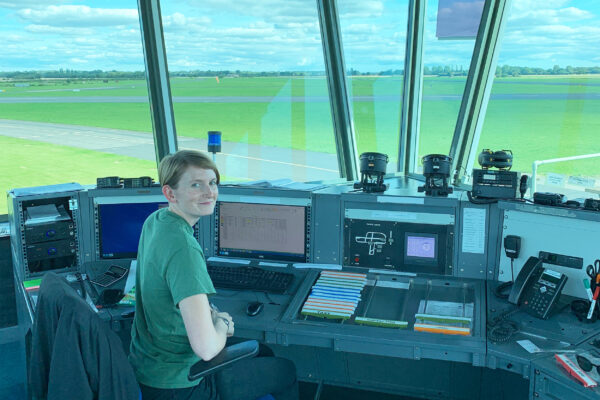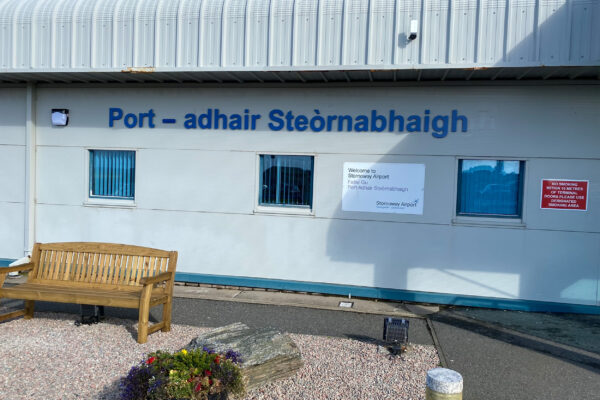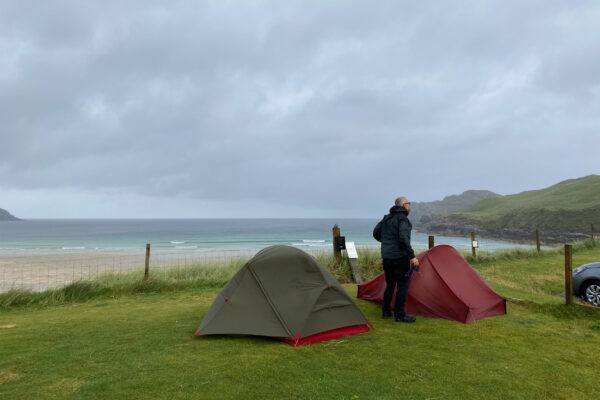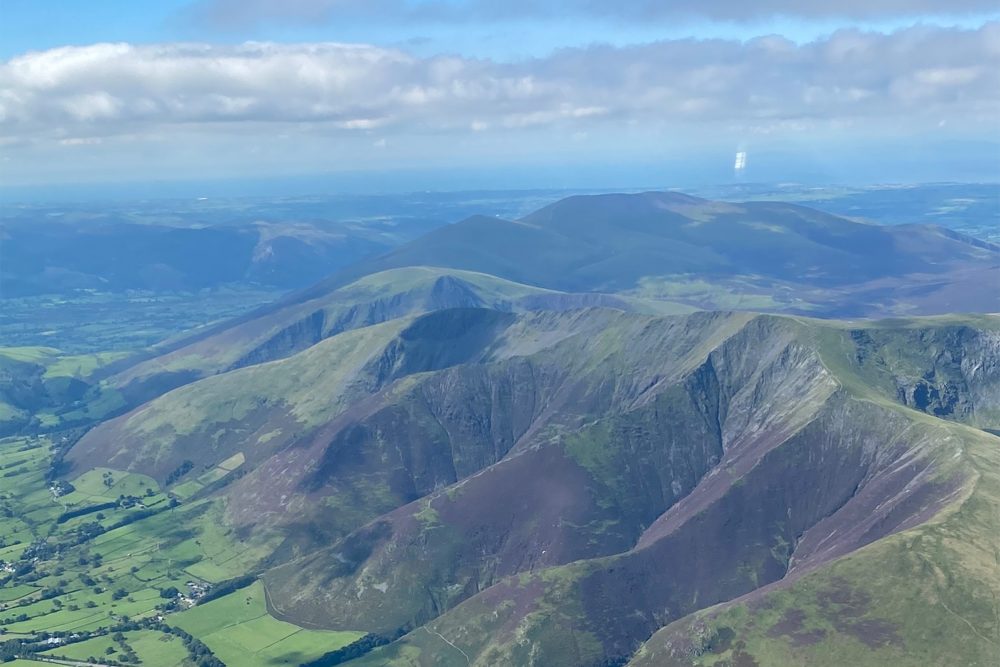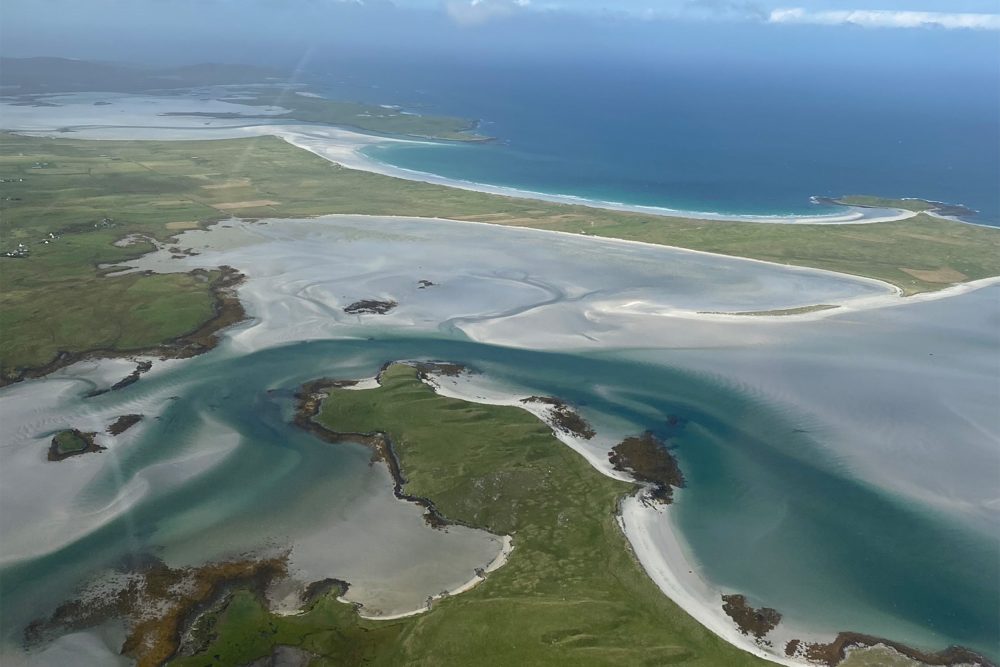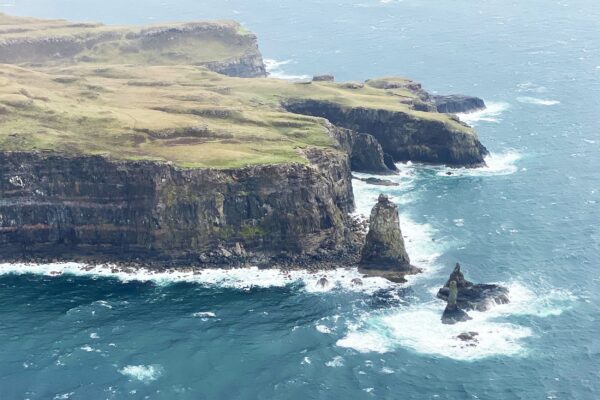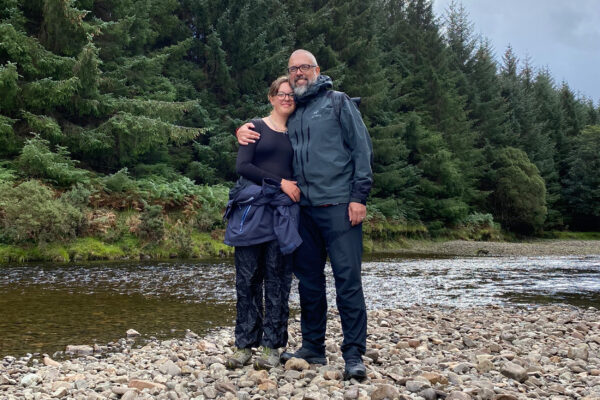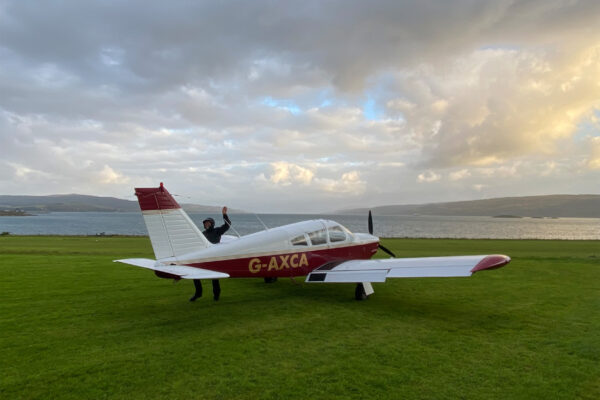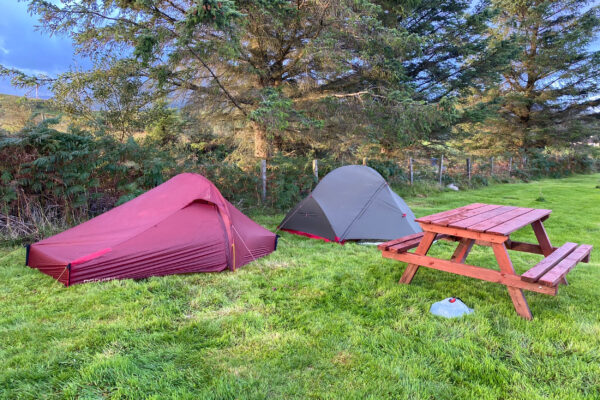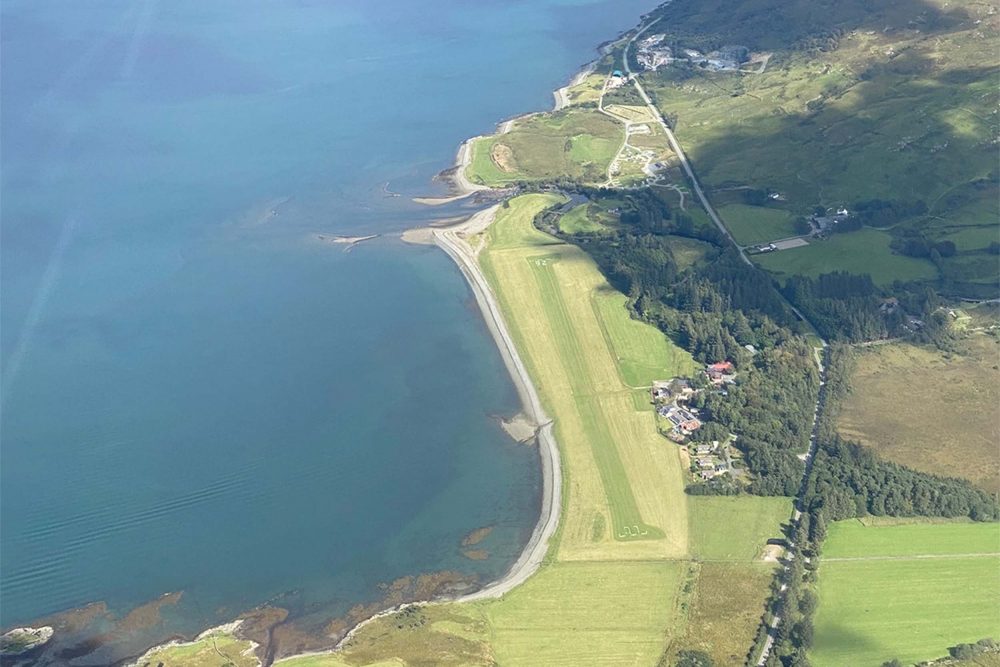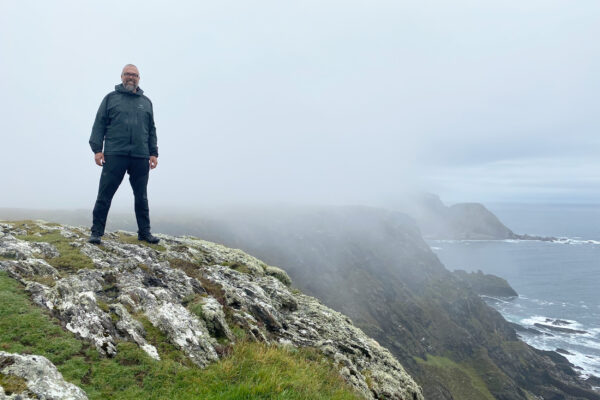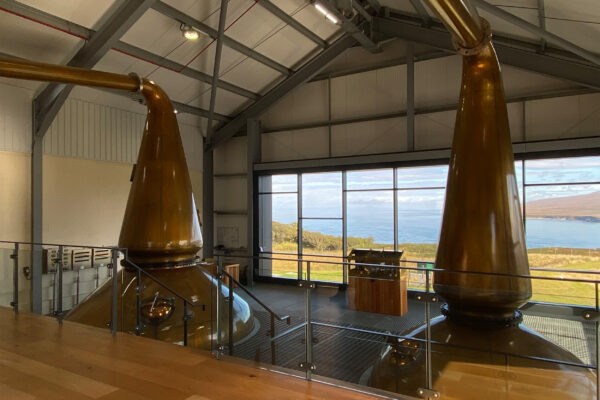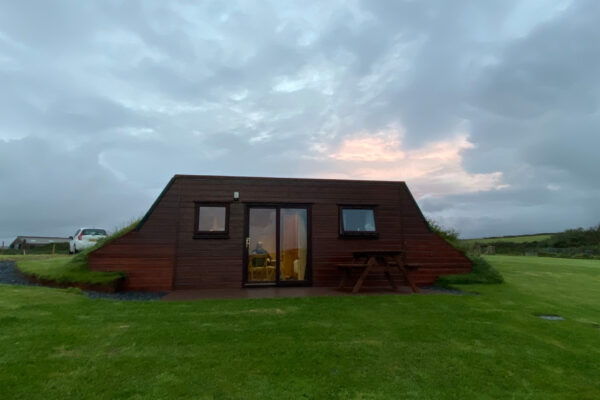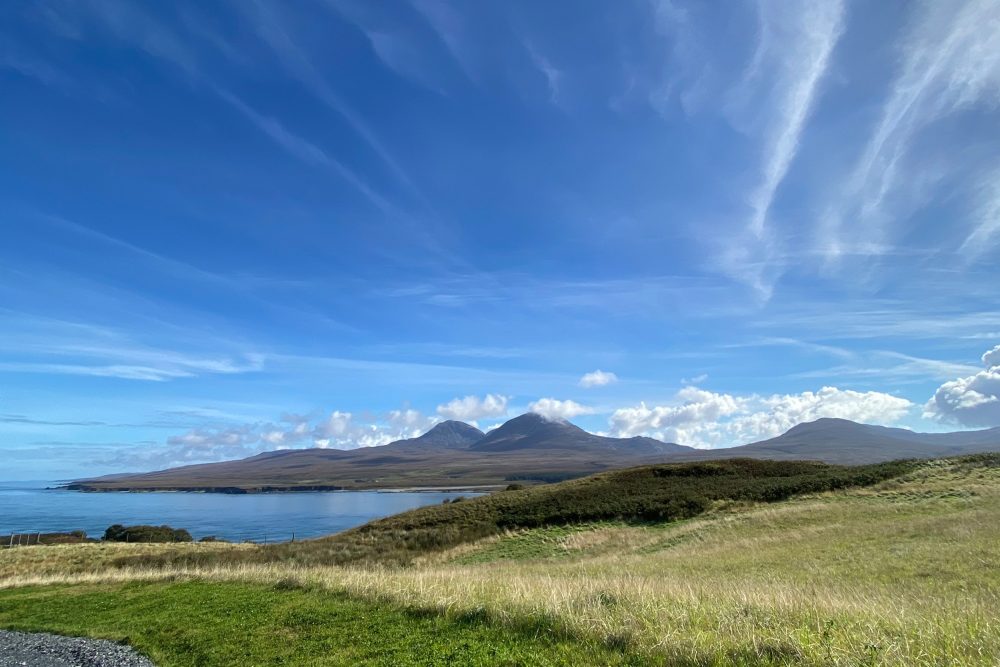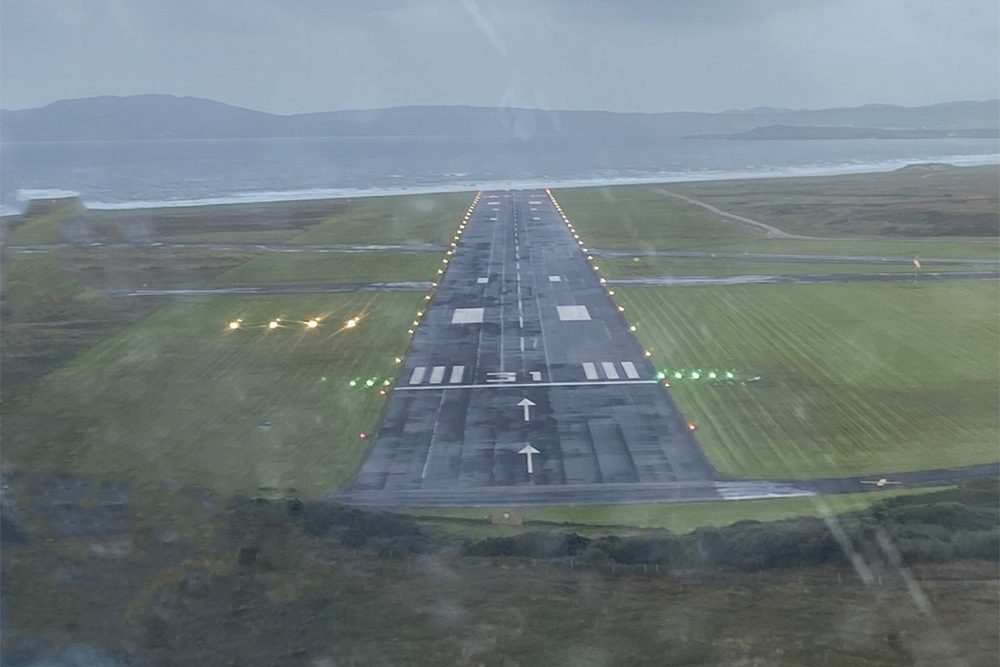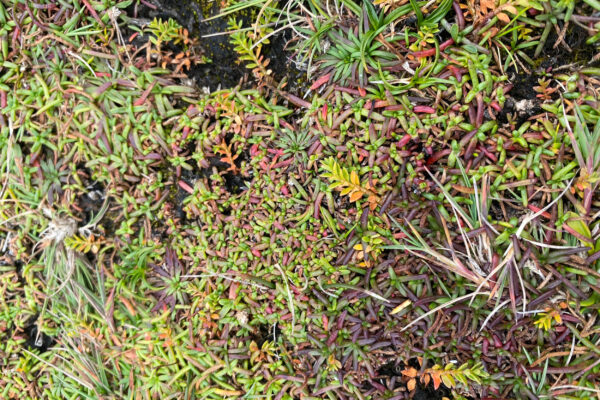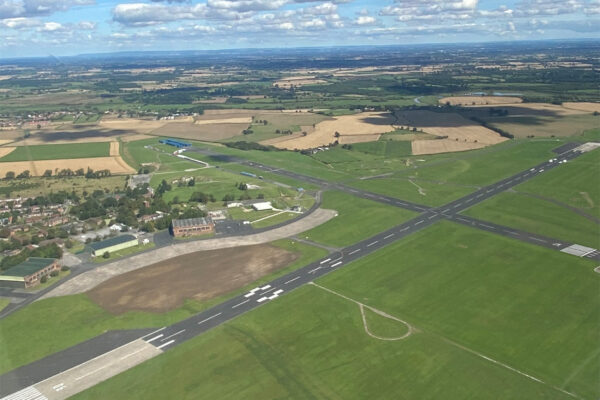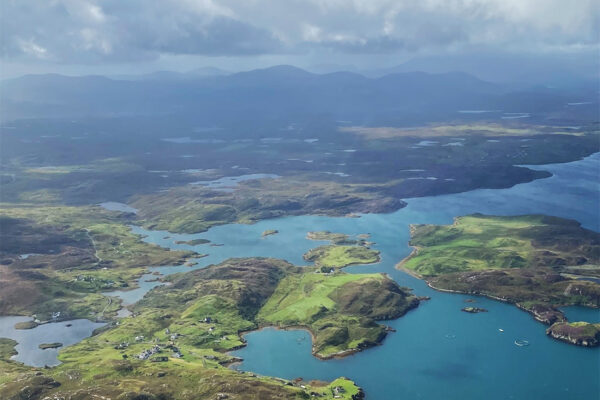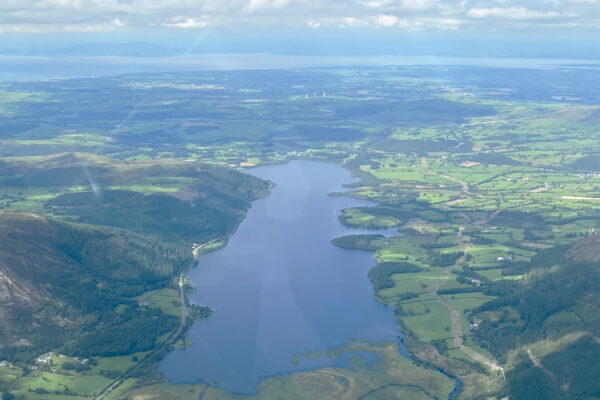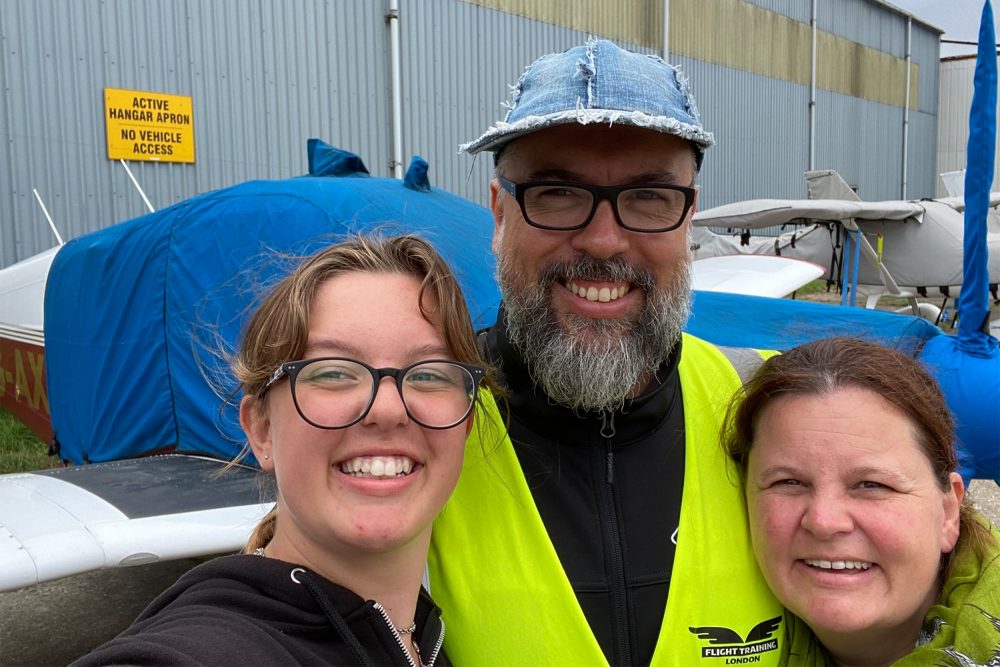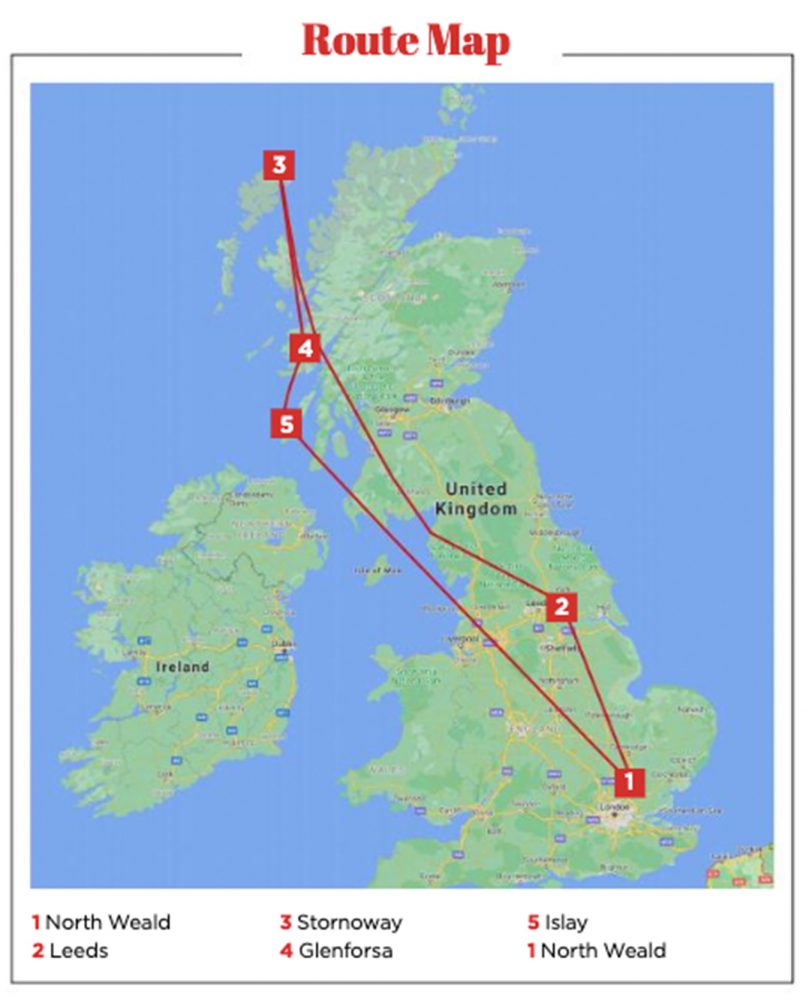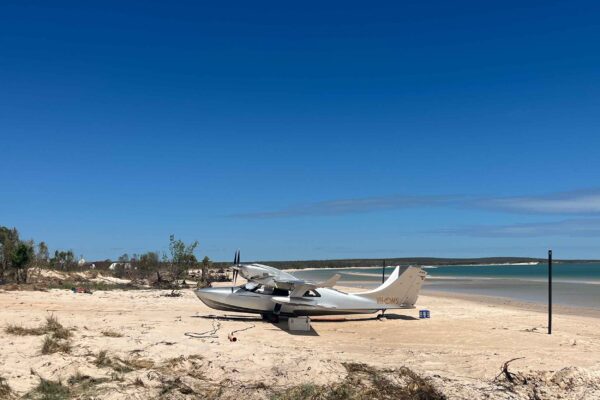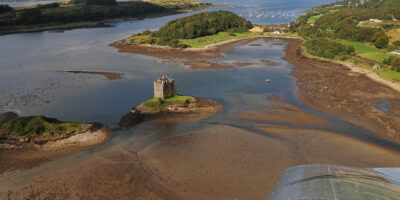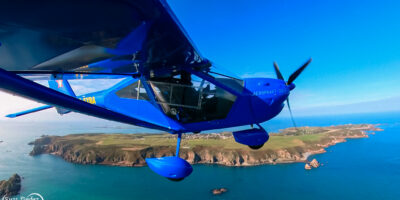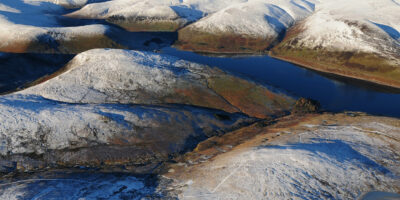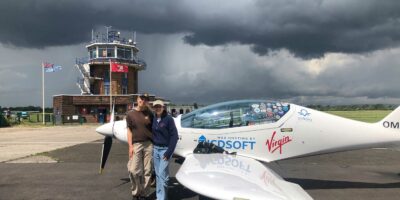Two more days of mist…
Islay is not a bad place to be stranded in heavy fog. Everything takes on a lovely atmosphere, and we opted for spending most of the extra time outdoors, drinking in the medievally tinged scenes as if we were lost characters who fell to current-day Earth from an old forgotten folk tale.
We also finally managed to visit the Kilchoman distillery during these borrowed days, which had been closed on our previous visits. This proved to be very fruitful, as we came back with a really exceptional distillery-exclusive 11-year-old bottle, the peatiness of which is so uniquely balanced with the strong wood taste imprinted on it by the cask, which could lead to it unseating Lagavulin 16 year old as my favourite single malt…
Eventually, by Wednesday, the morning produced a much better forecast, even though the view from the window did not quite correlate. Low cloud cover with the occasional bout of heavy fog seemed to be the reality out there. Nevertheless, we packed up (for the third time!), and headed for the airport.
As soon as we were done unwrapping, packing and checking the aeroplane, a weather window opened up. The problematic weather being very localised, we decided to go for it, jumped in and started up.
Islay Information then told us that they had the Air Ambulance inbound, and asked us to do our power checks right on the apron, as it would need to land on the active runway. I realised we had to try and depart before the Air Ambulance landed if we were to have any chance to grab the weather window. So I slightly rushed through the power checks, and announced our readiness for departure. A quick check back with the Air Ambulance, and we were given the thumbs up.
As soon as we cleared Islay, the roaming spots of fogginess gave way to varying levels of cloud cover. We first tried to stay below it, but eventually opted for VFR on top until we had cleared the Scottish islands.
The wind blew fiercely from behind, resulting in a ground speed which at times topped 180kt. We landed safely back at North Weald in a mere two hours and 20 minutes.
We unpacked, cleaned and wrapped ’CA, and gave her a pat on the cowling for yet another stellar performance. We sighed a special sigh, the kind that you only ‘let out’ on returning from a big adventure. One that is, simultaneously, an utterance of satisfaction, joy and relief.
No matter how often we do this, the realisation lingers, of how insanely lucky are we to be able to hurl ourselves into the sky at any given point in time, and wake up the next morning in someone else’s far away world…


